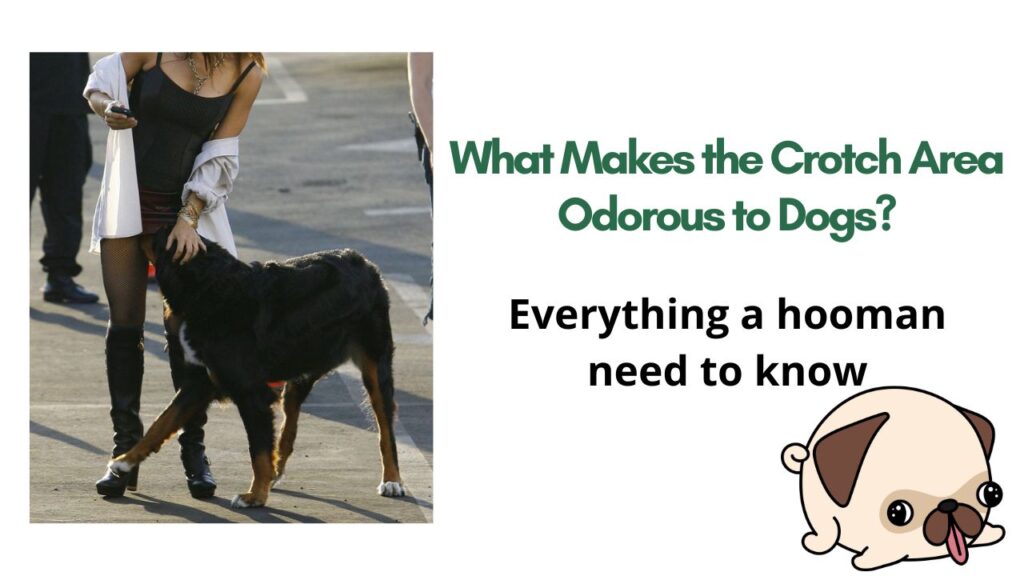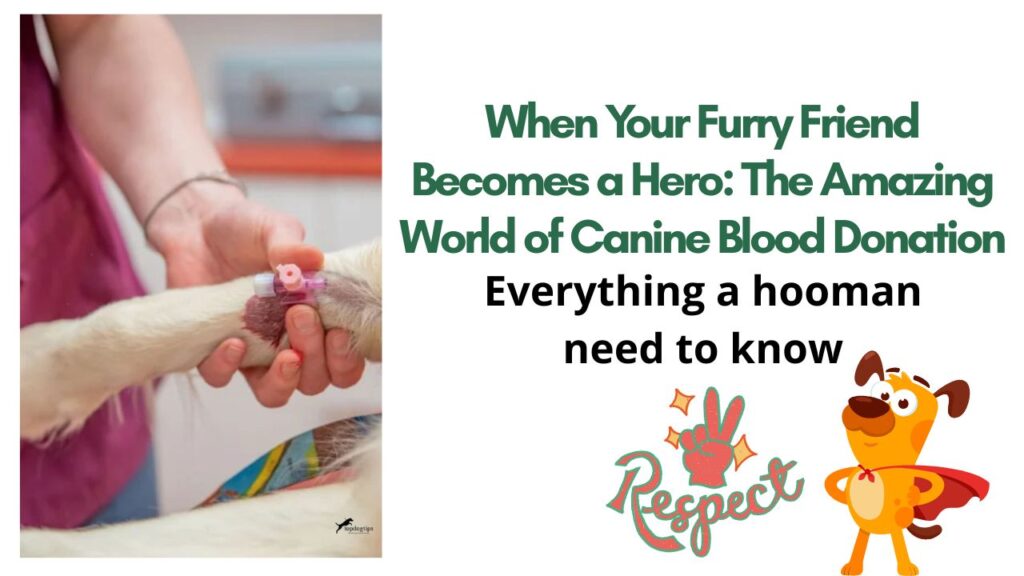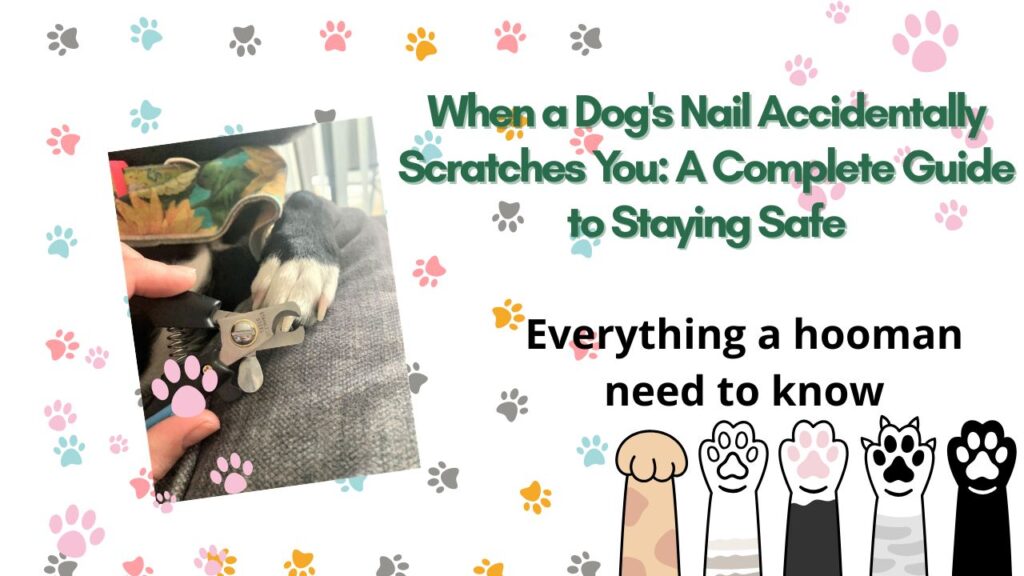When we think about our four-legged companions, most of us picture loyal, loving pets who bring endless joy to our families. However, it’s important to understand that some dog breeds possess incredible physical strength and protective instincts that require special attention and responsible ownership. Today, we’ll explore various powerful dog breeds, not to create fear, but to promote understanding and safety for both humans and our canine friends.
Introduction to Dog breeds

Let’s start with a warm perspective on this topic. Every dog, regardless of breed, has the potential to be a wonderful companion when given proper love, training, and socialization1. However, certain breeds have been developed over centuries for specific purposes like guarding, hunting, or protection work, which means they naturally possess traits that make them more powerful than others.
Think of it like this – a race car and a family sedan are both vehicles, but they’re designed for different purposes. Similarly, a German Shepherd bred for police work and a Golden Retriever bred for companionship have different natural tendencies and capabilities.
The key isn’t to fear these breeds, but to respect their power and understand their needs. Many of these dogs make incredible family pets when they’re in the right hands with owners who understand their requirements for exercise, mental stimulation, and consistent training.
Why Understanding Breed Characteristics Matters
Understanding breed characteristics helps us become better dog owners and safer community members. When you know that a Rottweiler has strong protective instincts, you can channel that energy positively through proper training. When you understand that a Husky has high energy needs, you can provide adequate exercise to prevent destructive behaviors.
Complete List of Powerful Dog Breeds
Here’s a comprehensive overview of breeds that are often considered powerful or require experienced handling. Remember, this list isn’t meant to discourage ownership but to promote informed decision-making:
Large Guardian Breeds
- Pit Bull Terrier – Known for strength and loyalty
- Rottweiler – Protective and powerful
- German Shepherd – Intelligent and versatile working dogs
- Doberman Pinscher – Alert and loyal guardians
- Mastiffs (various types) – Gentle giants with protective instincts
Specialized Working Breeds
- Kangal – Turkish livestock guardian with incredible bite force
- Caucasian Shepherd Dog – Mountain guardian breed
- Central Asian Shepherd Dog – Ancient flock guardian
- Dogo Argentino – Argentine hunting breed
- Fila Brasileiro – Brazilian mastiff with strong territorial instincts
Fighting Heritage Breeds
- Presa Canario – Canary Islands guardian breed
- Japanese Tosa – Japanese fighting breed
- American Staffordshire Terrier – Muscular and determined
- Bull Terrier – Strong-willed and energetic
Northern and Spitz Breeds
- Akita – Japanese breed with strong personality
- Chow Chow – Independent Chinese breed
- Siberian Husky – High-energy sled dog
- Alaskan Malamute – Large Arctic working dog
Other Notable Breeds
- Wolfdog Hybrids – Part wolf, unpredictable nature
- Rhodesian Ridgeback – African lion hunting breed
- Cane Corso – Italian mastiff
- Great Dane – Gentle giant with size advantage
Genetic Background and Breed Development
Understanding the genetic heritage of these breeds helps explain their characteristics and behaviors. Most powerful dog breeds were developed for specific working purposes, and their genetics reflect these original functions.
Guardian and Protection Lines
Breeds like Rottweilers and German Shepherds were selectively bred for guarding livestock and property. Their genetics include traits like:
- Territorial instincts for protecting their domain
- Alertness to detect potential threats
- Courage to confront dangers
- Loyalty to their human family
These genetic traits make them excellent working dogs but also mean they need proper socialization to distinguish between real threats and normal social situations.
Fighting Heritage Genetics
Some breeds, unfortunately, have backgrounds in dog fighting or bull baiting. Breeds like Pit Bulls and Presa Canarios were developed with traits including:
- High pain tolerance (called “gameness”)
- Strong jaw muscles and bite force
- Tenacity and determination
- Muscular build for power
It’s crucial to understand that these traits don’t make dogs inherently evil – they’re simply genetic characteristics that require responsible management and positive channeling.
Hunting and Working Genetics
Breeds like the Dogo Argentino were bred for big game hunting, while others like Kangals were developed for livestock protection. Their genetics include:
- High prey drive for tracking and pursuing
- Independent thinking for working without constant human direction
- Physical endurance for long working sessions
- Protective instincts toward their charges
Size and Strength Genetics
Many powerful breeds simply have genetics for large size and physical strength. Mastiffs, Great Danes, and similar breeds were bred to be imposing and powerful. Their genetics contribute to:
- Large bone structure and muscle mass
- Impressive physical presence
- Strength that can be overwhelming if not properly managed
Behavioral Studies of Powerful Dog Breeds
Recent scientific research has provided valuable insights into canine behavior across different breeds. Let’s explore what studies tell us about these powerful breeds.
University Research Findings
A comprehensive 2020 study from the University of Helsinki analyzed aggression patterns in over 13,000 dogs. Interestingly, the results showed that smaller breeds like Rough Collies and Miniature Schnauzers showed higher aggression rates than many larger breeds. Labrador Retrievers and Golden Retrievers consistently ranked as the least aggressive breeds.
Another significant study using C-Barq surveys from over 12,000 dogs found that behavioral tendencies have high heritability in dogs. This means that while training and environment matter enormously, genetics do play a role in behavioral predispositions.
Aggression vs. Reactivity
It’s important to distinguish between true aggression and reactivity. Many powerful breeds aren’t inherently aggressive but may be:
- Reactive to unfamiliar situations
- Protective of their family or territory
- Overstimulated in certain environments
- Under-socialized due to inadequate early experiences
Environmental Factors
Research consistently shows that environmental factors often outweigh genetic predispositions. Key factors include:
- Early socialization during the critical puppy period
- Consistent training using positive methods
- Adequate exercise and mental stimulation
- Stable home environment with clear boundaries
The Role of Owner Experience
Studies indicate that owner experience and training consistency significantly impact dog behavior. Powerful breeds often do best with owners who:
- Have previous dog experience
- Understand canine body language
- Provide consistent leadership
- Invest time in ongoing training
Powerful Dog Breeds Found in India
India has recently taken significant steps regarding powerful dog breeds within its borders. Understanding the local context helps Indian dog lovers make informed decisions.
Government Advisory on Breed Restrictions
In 2024, the Indian government issued an advisory recommending that state and local authorities restrict 23 specific dog breeds. This advisory came in response to increasing incidents and public safety concerns.
The Department of Animal Husbandry and Dairying recommended that local bodies refrain from issuing licenses for the import, breeding, or sale of these breeds. However, it’s important to note that this is an advisory, not a blanket ban, and implementation varies by state and locality.
Breeds Commonly Restricted in India
The breeds most commonly restricted include:
Popular International Breeds:
- Pit Bull Terrier – Most commonly restricted
- Rottweiler – Second most restricted
- German Shepherd (Alsatian) – Sometimes included
- Doberman Pinscher – Frequently restricted
- American Bulldog – Growing restrictions
Mastiff Varieties:
- Bull Mastiff – Traditional mastiff type
- Fila Brasileiro – Brazilian mastiff
- Cane Corso – Italian mastiff
- Presa Canario – Canary Islands mastiff
Specialized Breeds:
- Kangal – Turkish livestock guardian
- Dogo Argentino – Argentine hunting breed
- Akita – Japanese spitz breed
- Wolfdog Hybrids – Part wolf genetics
Regional Variations
Different Indian states and cities have varying approaches to breed restrictions. Some areas have:
- Complete bans on certain breeds
- Licensing requirements with special conditions
- Mandatory sterilization for existing dogs
- Insurance requirements for owners
Cultural Considerations
In India, street dogs and Indian Pariah Dogs are often better adapted to local conditions than imported breeds. Many powerful international breeds struggle with:
- Hot climate conditions
- Different disease patterns
- Local food availability
- Cultural attitudes toward dogs
Frequently Asked Questions About Powerful Dog Breeds
Let’s address the most common questions people have about these impressive canines.
Q1: Are powerful dog breeds inherently dangerous?
A: No, powerful dog breeds aren’t inherently dangerous. Like any tool, their power can be positive or negative depending on how it’s managed. A well-trained German Shepherd serves as a beloved family pet and working dog, while a poorly socialized one might develop behavioral issues. The key factors are proper training, socialization, and responsible ownership.
Q2: Can powerful breeds be good family pets?
A: Absolutely! Many powerful breeds make excellent family companions when properly matched with experienced owners. Rottweilers are known for being gentle with children they’re raised with, and German Shepherds are famous for their loyalty to families. The important factors are early socialization, consistent training, and understanding the breed’s needs.
Q3: What makes a dog breed “powerful” or “dangerous”?
A: Several factors contribute to a breed being considered powerful:
- Physical strength and bite force
- Size and weight advantage
- Protective instincts and territorial behavior
- High energy levels requiring outlets
- Strong prey drive or hunting instincts
- Independent thinking that requires experienced handling
Q4: How do I know if I’m ready for a powerful breed?
A: Consider these factors honestly:
- Previous dog experience with training and handling
- Time availability for daily exercise and training
- Physical capability to control a strong dog
- Living situation appropriate for the breed’s needs
- Financial resources for proper care, training, and potential liability
- Long-term commitment to the dog’s 10-15 year lifespan
Q5: Are there alternatives to powerful breeds for protection?
A: Yes! Consider these options:
- Security systems and cameras for home protection
- Medium-sized breeds with alerting abilities like Border Collies
- Professional guard dog services for businesses
- Training any dog to be a good alert system without aggression
- Community watch programs for neighborhood security
Q6: What should I do if I already own a restricted breed?
A: If you currently own a breed that’s restricted in your area:
- Check local regulations for specific requirements
- Ensure proper licensing and registration
- Consider voluntary sterilization to prevent breeding
- Maintain excellent training and socialization
- Keep comprehensive insurance coverage
- Be a responsible ambassador for your breed
Q7: How can I help change negative perceptions about powerful breeds?
A: Positive advocacy makes a real difference;
- Be an exemplary owner with excellent training and control
- Educate others about responsible ownership
- Support breed-neutral legislation focused on owner responsibility
- Volunteer with rescue organizations to help dogs in need
- Share positive stories and experiences responsibly
- Advocate for education over breed-specific restrictions
Safety Guidelines When Encountering Powerful Dogs
Knowing how to safely interact with any dog, especially powerful breeds, is a valuable life skill. These guidelines can help keep you safe in various situations.
Reading Canine Body Language
Understanding dog communication is your first line of defense. Look for these warning signs:
Signs of Stress or Aggression:
- Stiff, rigid posture with raised hackles
- Direct staring or “hard eyes”
- Growling or baring teeth as clear warnings
- Raised tail held high and stiff
- Forward-leaning stance preparing to move
- Panting when not hot or tired
Signs of Friendliness:
- Relaxed body posture with loose movements
- Play bow with front end down, rear up
- Soft eyes with relaxed facial expression
- Wagging tail in broad, loose movements
- Approaching sideways rather than head-on
Safe Interaction Protocols
When encountering any dog, especially powerful breeds:
Do These Things:
- Stay calm and avoid sudden movements
- Avoid direct eye contact which can be seen as challenging
- Stand still like a tree if approached
- Speak in calm, low tones using simple commands
- Keep hands visible and avoid reaching toward the dog
- Back away slowly while facing the dog
Never Do These:
- Run away which triggers chase instincts
- Scream or yell which can escalate aggression
- Turn your back on an unknown dog
- Make sudden movements that might startle
- Reach over the dog’s head which can seem threatening
- Stare directly into the dog’s eyes
Emergency Situations
If a dog becomes aggressive:
Immediate Actions:
- Use a firm, deep voice with commands like “NO!” or “STAY!”
- Create barriers with objects like bags, jackets, or sticks
- Protect vital areas by keeping arms close to your body
- Call for help loudly to alert others
- Report the incident to local authorities afterward
If Knocked Down:
- Curl into a ball protecting your face and neck
- Stay still and avoid struggling or screaming
- Cover your head with your arms
- Wait for help rather than trying to fight back
Handling Encounters with Unfriendly Powerful Dogs
Sometimes you might encounter a dog that’s clearly showing aggressive intentions. These situations require special care and knowledge.
Assessing the Threat Level
Not all unfriendly behavior equals immediate danger. Learn to distinguish:
Territorial Display:
- Dog barking from a distance but not approaching
- Staying within their property boundaries
- Alert but not attacking posture
- Backing down when you move away
Serious Threat:
- Approaching with intent to engage
- Multiple aggressive signals occurring together
- Ignoring commands or deterrents
- Escalating behavior despite your calm response
De-escalation Techniques
When facing an unfriendly powerful dog:
Verbal Commands:
- Use deep, authoritative voice tones
- Give simple, clear commands: “NO!”, “STAY!”, “GO HOME!”
- Repeat consistently without shouting
- Avoid high-pitched or excited tones
Physical Positioning:
- Stand tall and appear confident
- Turn slightly sideways to appear less threatening
- Keep arms at sides rather than raised
- Maintain steady breathing to stay calm
Environmental Tools:
- Look for barriers like fences, cars, or buildings
- Identify objects that could serve as shields
- Note escape routes without turning your back
- Call for assistance if others are nearby
Professional Help
Some situations require professional intervention:
When to Call Authorities:
- Repeated aggressive incidents in your neighborhood
- Dogs running loose without owner control
- Signs of abuse or neglect affecting behavior
- Immediate danger to yourself or others
Resources Available:
- Local animal control for immediate threats
- Police assistance for dangerous situations
- Professional dog trainers for behavioral consultation
- Veterinary behaviorists for complex cases
Legal Framework and Animal Rights for Powerful Dogs in India
Understanding the legal landscape helps both dog owners and the general public navigate issues related to powerful dog breeds responsibly.
National Legislation Overview
India’s approach to dog-related laws focuses primarily on animal welfare rather than breed-specific restrictions.
The Prevention of Cruelty to Animals Act, 1960:
This foundational law establishes basic protections for all animals, including dogs9. Key provisions include:
- Duty of care requiring proper food, water, shelter, and veterinary care
- Prohibition of abandonment with legal consequences
- Penalties for cruelty ranging from fines to imprisonment
- Reporting mechanisms for suspected abuse or neglect
Recent Developments:
The 2024 government advisory regarding 23 dog breeds represents a shift toward public safety considerations. However, this advisory:
- Recommends rather than mandates restrictions
- Allows state-level decision making
- Focuses on breeding and import rather than existing pets
- Emphasizes responsible ownership over outright bans
State and Local Variations
Different regions have adopted varying approaches to powerful dog breeds:
Common Regulatory Approaches:
- Licensing requirements with special conditions for certain breeds
- Mandatory insurance for owners of powerful breeds
- Sterilization requirements to prevent breeding
- Public space restrictions like muzzling requirements
- Owner education programs before licensing
Regional Differences:
- Urban areas tend to have stricter regulations
- Rural regions may focus more on livestock protection
- Tourist destinations often have specific safety requirements
- Residential societies may have their own breed restrictions
Owner Responsibilities and Rights
Dog owners in India have both legal obligations and protected rights.
Legal Obligations:
- Proper registration with local authorities
- Current vaccinations as required by law
- Leash laws compliance in public spaces
- Waste cleanup in public areas
- Damage liability for injuries or property damage caused by their dogs
Protected Rights:
- Property rights in legally acquired pets
- Due process before any confiscation or restrictions
- Appeal mechanisms for disputed regulations
- Humane treatment standards for any enforcement actions
Animal Welfare Considerations
India’s legal framework increasingly recognizes animal welfare as a priority:
Welfare Standards:
- Adequate housing appropriate for the breed’s size and needs
- Proper nutrition and veterinary care
- Exercise and socialization opportunities
- Protection from abuse or neglect
- Humane euthanasia only when medically necessary
Enforcement Mechanisms:
- Animal Welfare Board of India oversight
- Local animal control authorities
- Police involvement in serious cases
- Court system for legal disputes
- NGO advocacy and support services
Future Legal Trends
The legal landscape around powerful dog breeds continues evolving:
Emerging Trends:
- Focus on owner responsibility rather than breed bans
- Insurance requirements becoming more common
- Professional training mandates for certain breeds
- Community education programs
- Evidence-based policy making using bite statistics
Balancing Interests:
- Public safety concerns driving some restrictions
- Animal welfare advocacy for humane treatment
- Owner rights protection against arbitrary restrictions
- Breed preservation efforts for legitimate breeding programs
Conclusion
As we wrap up this comprehensive exploration of powerful dog breeds, I hope you’ve gained a deeper, more nuanced understanding of these remarkable animals. Throughout my years of writing about dogs and observing the evolving relationship between humans and our canine companions, I’ve learned that knowledge truly is the key to safety, understanding, and mutual respect.
The most important takeaway from our discussion today is that no dog is inherently evil or dangerous. What we’ve explored are breeds with specific characteristics – strength, protective instincts, high energy, or strong prey drive – that require informed, responsible ownership. Just as we wouldn’t hand the keys of a sports car to a new driver, these powerful breeds need experienced, committed owners who understand their needs and capabilities.
I’ve seen countless examples of Rottweilers serving as gentle therapy dogs, German Shepherds protecting children with unwavering devotion, and even Pit Bulls becoming beloved family pets who wouldn’t hurt a fly. The difference always comes down to the human end of the leash – the training, socialization, exercise, and love provided by responsible owners.
For those of you considering adding a powerful breed to your family, please take time for honest self-reflection. Do you have the experience, time, and resources these dogs need? Are you prepared for a 10-15 year commitment to training, exercise, and responsible ownership? If the answer is yes, and you’ve done your research, these breeds can bring incredible joy, loyalty, and companionship to your life.
For those who prefer gentler, easier-going companions, there’s absolutely no shame in choosing breeds that better match your lifestyle and experience level. Golden Retrievers, Labrador Retrievers, and many other wonderful breeds offer all the love and companionship you could want without the specialized requirements of powerful breeds.
As our communities continue to grapple with balancing public safety and animal welfare, I believe the path forward lies in education rather than fear, responsibility rather than restriction, and understanding rather than prejudice. Every dog deserves a chance at a loving home, and every person deserves to feel safe in their community.
The legal landscape in India and around the world will continue evolving, but I’m optimistic that evidence-based policies focusing on owner education and responsibility will ultimately prove more effective than breed-specific bans. When we address the root causes – inadequate training, poor socialization, irresponsible breeding, and owner negligence – we create safer communities for everyone.
Remember, whether you encounter a tiny Chihuahua or a massive Mastiff, the same basic principles apply: respect the animal, read their body language, give them space, and never approach an unfamiliar dog without permission. These simple guidelines will serve you well throughout your life.
To our readers who currently share their lives with powerful breeds, thank you for being responsible ambassadors for your dogs. Your commitment to proper training, socialization, and community engagement helps change hearts and minds about these often-misunderstood animals.
And to those who work in animal welfare, veterinary care, training, and rescue, your dedication makes an enormous difference in the lives of both dogs and humans. The work you do educating owners, rehabilitating dogs, and advocating for sensible policies creates a better world for all of us.
As I conclude this piece, I’m reminded of something a wise dog trainer once told me: “There are no bad dogs, only inexperienced humans.” While that might be a slight oversimplification, it captures an essential truth – most behavioral issues stem from human factors rather than inherent canine problems.
Whether you’re a current dog owner, considering getting a dog, or simply want to be a more informed community member, I encourage you to continue learning about canine behavior, supporting responsible ownership initiatives, and approaching these topics with both compassion and common sense.
Our relationship with dogs has evolved over thousands of years, and it will continue evolving. By staying informed, remaining open to new research and perspectives, and always prioritizing both human safety and animal welfare, we can ensure that this ancient partnership continues to enrich our lives for generations to come.
Thank you for joining me on this exploration of powerful dog breeds. May your interactions with all dogs – whether gentle Golden Retrievers or mighty Mastiffs – be safe, respectful, and filled with the joy that only our canine friends can bring to our lives.
Stay safe, stay informed, and remember – every dog has a story, and every story deserves to be heard with an open heart and a thoughtful mind.






